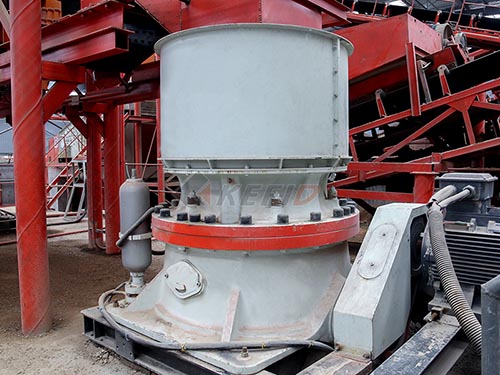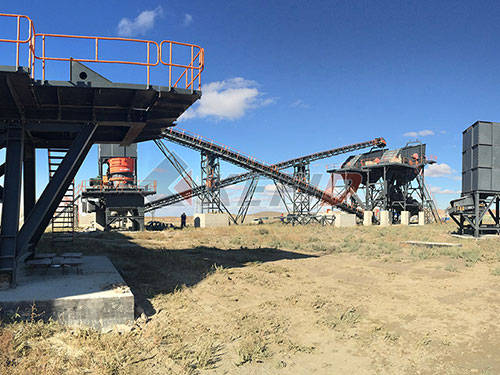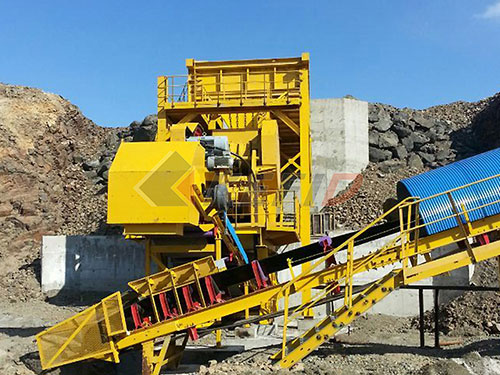The Unsung Precision: TCLP Sample Crushers in Environmental Compliance
The meticulous world of environmental testing operates on a foundation of precision and adherence to stringent protocols. At the heart of determining whether a solid waste exhibits hazardous characteristics, particularly under the Toxicity Characteristic Leaching Procedure (TCLP), lies a critical yet often overlooked step: sample preparation. Within this stage, TCLP Sample Crushers emerge as indispensable tools, transforming heterogeneous materials into consistent, analyzable particles. Their role transcends mere size reduction; they are guardians of data integrity and enablers of regulatory compliance.
The Imperative of Representative Sampling & Preparation
The fundamental principle underlying any environmental analysis is that the analytical result must accurately reflect the composition of the original waste stream. The TCLP (SW-846 Method 1311) simulates landfill leaching conditions to determine if hazardous constituents (like heavy metals, pesticides, or solvents) can leach out at concentrations exceeding regulatory thresholds. Achieving this accuracy starts long before the leachate is analyzed.

Solid wastes are inherently diverse – chunks of concrete, sludges, contaminated soils, industrial filter cakes, demolition debris. This heterogeneity presents a significant challenge:
1. Representativeness: A large chunk cannot speak for the entire waste pile.
2. Leaching Surface Area: Particle size directly influences the surface area exposed to the leaching fluid during agitation. Inconsistent particle sizes lead to variable leaching kinetics and potentially non-representative results.
3. Analytical Homogeneity: Modern analytical instruments (ICP-MS/OES, GC/MS) require samples that are sufficiently fine and uniform for reliable digestion or extraction and subsequent measurement.
Failure to achieve proper particle size reduction and homogenization during sample prep can introduce significant error downstream, potentially leading to:

False Negatives: Hazardous materials might not leach adequately if encapsulated in large particles.
False Positives: Overly aggressive crushing could liberate contaminants not typically accessible under landfill conditions.
Unreliable Data: High variability between replicate analyses.
This is where specialized TCLP Sample Crushers become non-negotiable.
Defining the TCLP Sample Crusher: Beyond Basic Grinding
Not all crushers or grinders are created equal for TCLP applications. A true TCLP Sample Crusher is engineered with specific requirements in mind:
1. Precise Particle Size Reduction: The primary goal is achieving a consistent particle size smaller than 9.5 mm (3/

Leave a Reply